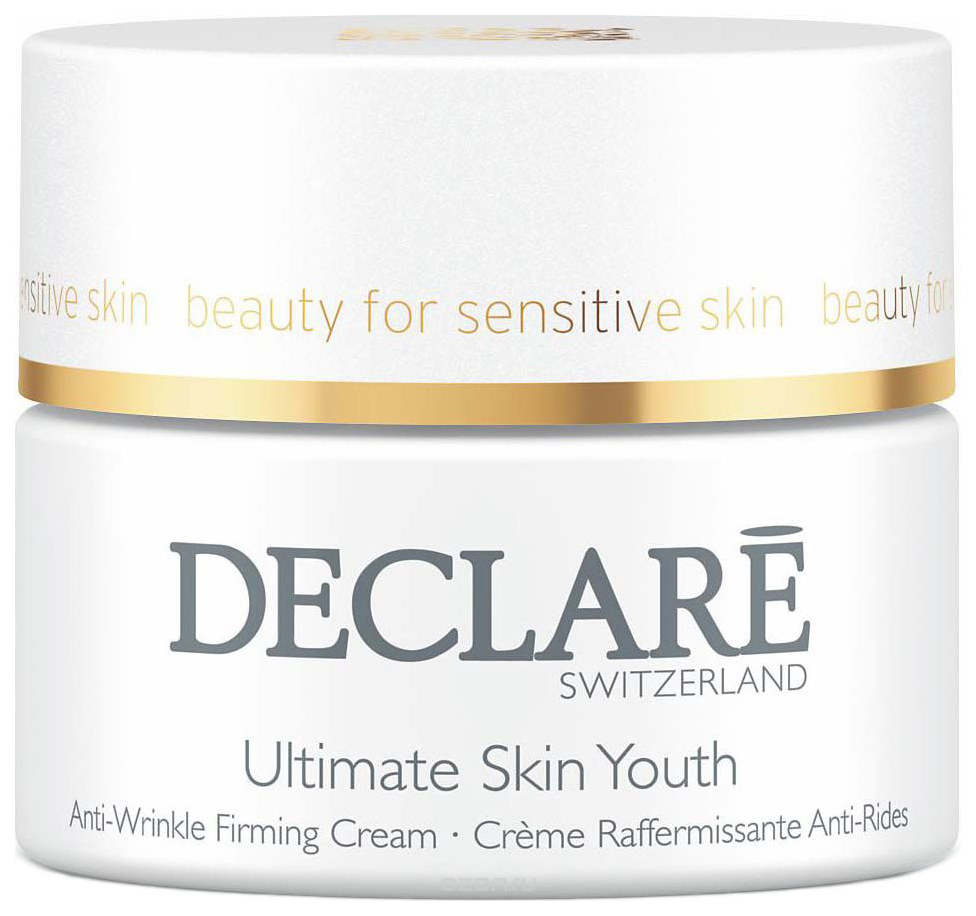
- The reasons for the "wrong" greenery in the aquarium
- How to remove the raid?
- Further we take the following measures and observe the aquarium:
- Prevention measures
- Varieties of popular algae
- Algae and living creatures for a good ecosystem
Aquarium is a great opportunity to create a living oasis in the house, and is also an original detail in the interior of a modern dwelling. A beautiful aquarium, inhabited by rare species of fish and plants, well-groomed and harmonious, is the pride of this aquarist. But often the joy darkens the appearance of a green coating on the walls and surfaces of the aquarium. Before you start to fight with an unwanted guest, you need to find out why on the walls of the aquarium appears green? In this article, we describe how to get rid of the appearance of a green deposit on the walls of the aquarium, what are the causes of its occurrence and how this trouble can be avoided.
to the contents ↑The reasons for the "wrong" greenery in the aquarium
The main reason for this phenomenon is the imbalance of the ecosystem.
Important! The appearance of algae xenococus, which belongs to the organics of the lowest order - and it is this that causes uncontrolled spread of green plaque, is a known problem for aquarists, regardless of their experience.
There may be several reasons for the appearance of the raid, but there are different ways for each of them to do what to do if the greenery appears on the walls of the aquarium:
- Xenococus is intensely multiplying from the effects of excess light, so strong light can cause its excessive activity. To prevent / correct the situation - do not place the aquarium directly under direct sunlight.
- Lack of oxygen in water - use modern oxygen systems
- Incorrect temperature regime. It is necessary to strictly monitor the water temperature using a thermometer and avoid overheating. It is harmful for plants and for the life of fish
- Excess organic matter in water, which is the result of lack of care for the aquarium or excessive amounts of feed.
How to remove the raid?
Unfortunately, in itself, the raid can not disappear. The question arises: how to remove greens from the aquarium? We reserve ourselves with patience and take the following steps:
- Without draining the old water, we clean the walls with a scraper, in the extreme case, if there is no special brush - a plastic ruler. Particularly bitten places cleaned with a blade.
Important! Do not use kitchen sponges or sponges - they can contain small doses of detergents, and this can seriously harm all aquarium residents.
- Then the old water is pumped out.
- We clean the gravel, remove the remains of food, fish products.
- We clean all elements of decoration and decorations, as they contain spores of algae. For cleaning, you can use a new toothbrush, or an aquarium scraper.
Important! Do not use an old brush because of the danger of getting into the aquarium pathogenic microflora.
- Large stones can be boiled or put away in a dark place for a couple of weeks - this will help kill the spores.
- Fill with fresh prepared water - stand-by, suitable temperature. We leave it to stand for several hours, until all the uplifted parts of the soil settle and the water clears.
Important! In conclusion, we change the lamps in the aquarium to less powerful, at least temporarily - to compare the result.
to the contents ↑Then we take the following measures and observe the aquarium:
- We shorten the "light day" to 7 hours in winter and 10 hours in summer.
- Do not throw extra food. On average, fish should eat their portion in fifteen to twenty minutes. If you have time to eat, then - a suitable portion.
Important! Once a week, we put fish on a "diet" - do not feed at all. They easily endure such a hunger strike, besides, it contributes to their recovery.
- We use a good water filtration system.
Important! If all these actions have not helped and the situation becomes threatening for all inhabitants, then it is necessary to apply special chemical preparations - you can find them in any pet shop. These funds are safe for aquarium fish and plants, but the greens on the walls of the aquarium does not appear.
The product is placed on the bottom, within six weeks it releases active substances. At the end of the period, the tablet is removed, as it loses its activity.
to the contents ↑Prevention measures
Here are some more tips from the green plaque on the walls:
- regularly clean the aquarium;
- increase the number of plants - they protect water well from the reproduction of green algae, clean the aquarium ecosystem;
- we have the ground correctly - make sure that there is a slope to the front wall.
Varieties of popular algae
Algae in the aquarium are everywhere and always. They get there with a new fish, soil, food, with plants that you periodically change. Some are quite acceptable, while others are like "vultures", aggressors, which must be disposed of.
Important! Each of the species of algae requires its kind of struggle. Often, creating conditions for fighting against one, we promote the reproduction of others.
Algae pests
What other types of undesirable algae can you encounter?
- Kladofora. Algae are like strings. They often appear in aquariums with stagnant or poorly circulating water. You can get rid by mechanically cleaning the aquarium, the spores are killed by adding the "Algo Shock" remedy( be sure to study the drug's instruction).
- Rizoklonium - appears usually due to an incorrectly established nitrogen cycle and increased ammonium. Align the nitrogen cycle, and the algae themselves will disappear from the aquarium. Every week, do a substitution of ½ of water.
- Spirogir. To get rid of it it is possible only by means of frequent mechanical cleaning of an aquarium and entering of a preparation "Algo shock".Use 1 tablet per 25 liters of water.
- Edogonyum - looks like a green fluff covering all horizontal surfaces. Eliminated by the introduction of phosphate and nitrate into the soil. It is their deficiency that causes the growth of edogony. Usually, there is enough time for recovery.
Algae and livestock for a good
ecosystem To prevent the re-emergence of algae, populate algae shrimp and fish feeding on algae, such as:
- pecilia;
- catfish;
- molene.
The highest fast-growing plants, for example, Water Hyacinth, can help in the fight against lower algae. It is very useful for aquariums, since it extracts nitrogen from its water in its compounds, as well as the products of the vital activity of fish. It is an excellent water filter from suspended particles.
Important! You need to know that this plant does not tolerate drafts and dry air.
Other plants:
- hornwort;
- pinnacle;
- limnobium runaway.
Important! Rapidly developing and swimming in the water column, these plants absorb excess light and prevent the development of inferior algae.
Experienced aquarists advise placing in the water old, knotty willow branches. After the appearance of water roots on them, the plant begins to absorb those substances that use green algae, thereby leading to their death. This method is harmless to fish, but can adversely affect higher plants.
Finally, we recommend to remember that you should not be too zealous with a change of water, since the old aquarium is better than fresh water. Also, do not forget about the balance of fish and plants. Do not overload the aquarium, turning it into a "hostel".Let it be a beautiful and cozy "house for one family."



